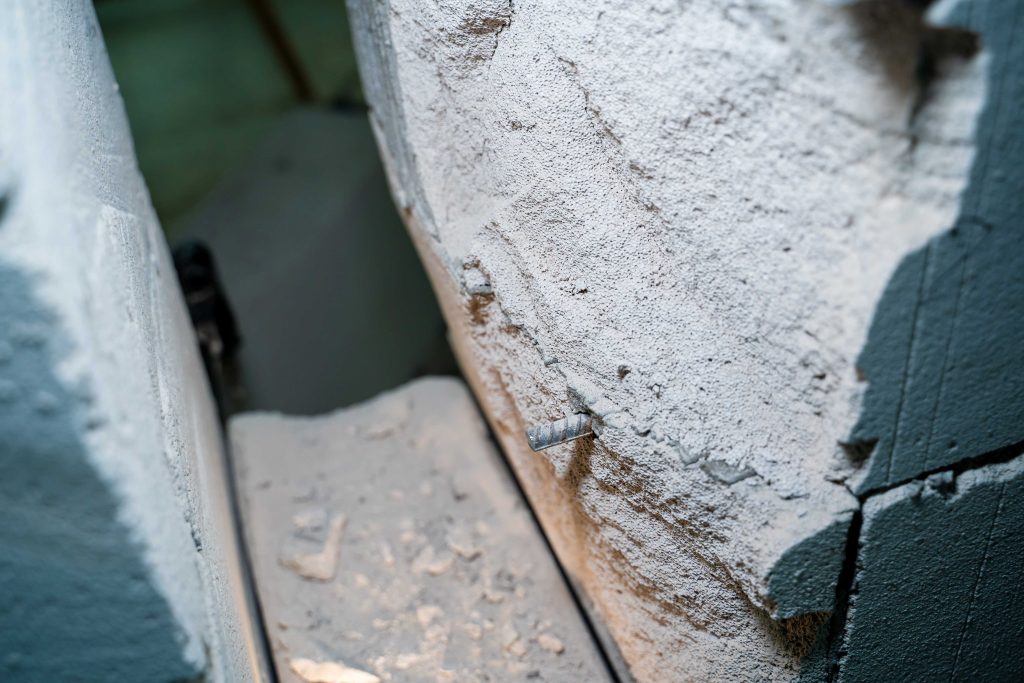The safety risks of RAAC: what property owners & managers should know

We have recently received a number of queries from our clients about RAAC safety risks, including how to identify them and how to manage them.
What is RAAC?
RAAC, or Reinforced Autoclave Aerated Concrete, is a material that has been widely used in construction projects from the 1950s to the mid-1990s. This lightweight and bubbly form of concrete can be found in roofs, and occasionally in walls and floors. While resembling standard concrete, RAAC lacks the same strength and durability. Nonetheless, its popularity surged thanks to its lightweight nature, excellent thermal properties, and ease of installation.
What buildings contain RAAC?
While media coverage has largely focused on RAAC in schools, it is important to note that it can be found in various types of buildings such as court buildings, prisons, hospitals, and commercial structures built between the 1950s and 1990s.
What do property owners and managers need to consider?
Our experienced health and safety consultants have prepared a briefing note to help you understand the challenges associated with RAAC. This provides detailed information on how to identify RAAC in your properties and offers effective methods for addressing the issues.



